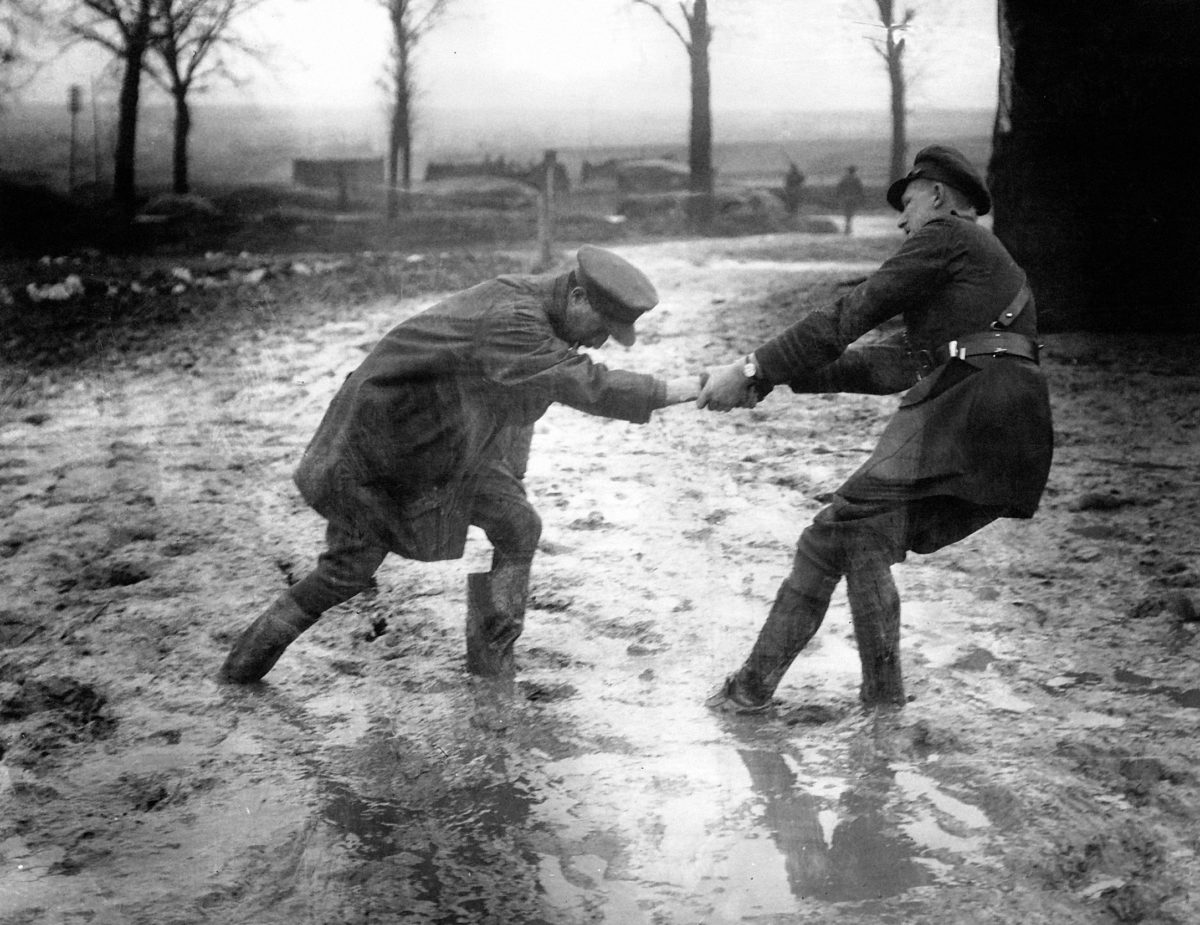In March 1945, Germany launched a last desperate offensive aimed at driving the Soviet army out of Budapest and back eastward across the Danube River. This doomed effort (later than the Battle of the Bulge, whose December 1944 launch date had been calculated to take the Americans by surprise) was codenamed “Spring Awakening,” for all the good that did the Third Reich.
The military history of the Northern Hemisphere is replete with spring offensives and there is a logical reason for it. Given the limited resources with which armies had to fight, winter was usually handicapped by the added dimensions of miserable weather and the need for sturdier shelters, more fuel and more food. For centuries the ideal time to launch a major campaign was just as spring was arriving, to allow as many months as possible before winter set in.
Harkening back to World War II, Adolf Hitler had intended his invasion of the Soviet Union, Operation Barbarossa, to be unleashed in early May 1941, but when Benito Mussolini’s October 1940 invasion of Greece turned into a fiasco and British forces were landing there, Hitler needed to guard his southern flank by bailing Il Duce out. By the end of May the Germans had conquered Yugoslavia, Greece and Crete, but by the time their weaponry had undergone necessary maintenance and regrouped for their primary target, it was June 22. Military historians still debate over whether that lost month’s effect on timing made the difference between the German juggernaut taking Moscow or losing the opportunity to win the war.
Weather has always been the chief factor that dictated “campaign season,” whether in 1777, when General George Washington dug in at Valley Forge while General William Howe retired to Philadelphia, or more recently in Afghanistan, where the Taliban spent 20 years receding into the mountains each winter to lick their wounds, only to resume attacks on the Afghan government and its Western allies every spring. There have been exceptions, of course, such as the Battle of Stones River on the last day of 1862, but more often the serious fighting began in spring, as occurred twice in the same part of Virginia — Chancellorsville and the Wilderness — and in the latter case, May 1864 saw Lt. Gen. Ulysses S. Grant coordinate an unprecedentedly unified effort in Eastern Virginia, the Shenandoah Valley and western Georgia.
One might note January 1879 as the month that that the Zulu impi slaughtered British invaders at Isandlwana, but it is also noteworthy that South Africa is in the Southern Hemisphere, where the seasonal factors are largely reversed. Moreover, after that surprise victory, Zulu king Cetewayo was desperate to convince the British to negotiate a peace as soon as possible because for all their vaunted ferocity and discipline, his warriors were citizen soldiers and they would soon be needed as the harvest season set in. Similarly, the spring campaigns of the South Atlantic War were a source of misery to Argentine and British troops alike in the damp cold of April-June 1982 on the southern side of the globe.
historynet magazines
Our 9 best-selling history titles feature in-depth storytelling and iconic imagery to engage and inform on the people, the wars, and the events that shaped America and the world.






